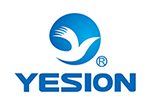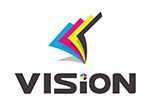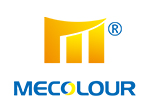Is FDM 3D printing suitable for beginners?
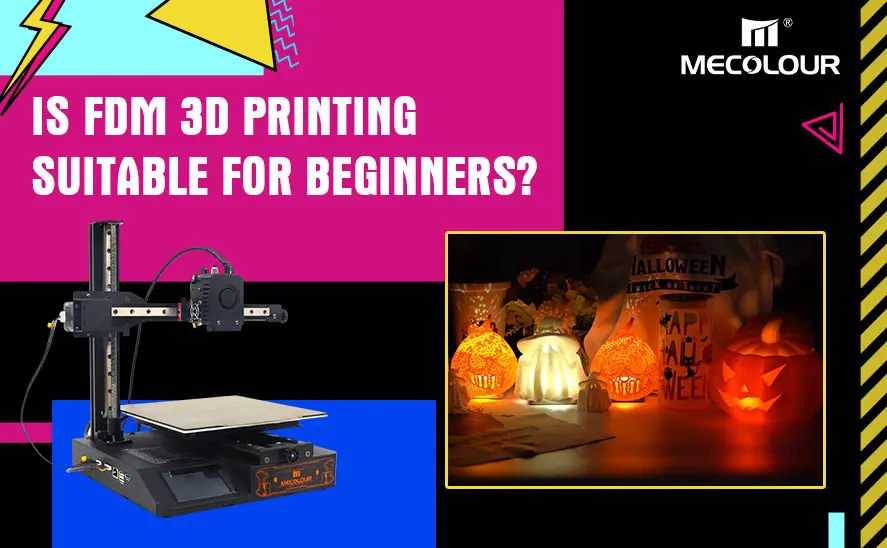
The world of 3D printing is booming, and it’s not just for tech enthusiasts anymore—beginners can dive in, too! One of the most accessible types is FDM 3D printing, a method that involves melting plastic filament and layering it to form objects. But here’s the big question: Is FDM 3D printing suitable for beginners? Absolutely! Let’s explore why FDM printing is a fantastic entry point, and how you can get started without feeling overwhelmed.
Here’s why FDM printing is particularly appealing:
Affordable and Accessible: FDM printers are among the most budget-friendly 3D printers.
Easy to Learn: FDM printers have relatively simple mechanics, making them easier to understand.
Versatile Materials: FDM printers can use a range of plastics like PLA, ABS, and PETG, giving you more creative freedom.
Why FDM 3D Printing is Great for Beginners
So, Is FDM 3D printing suitable for beginners? Yes, and here’s why!
1. User-Friendly Operation
Unlike some advanced printing methods, FDM printing has an approachable learning curve. Most FDM printers come semi-assembled, with only minimal setup required. Many also have touchscreens, preloaded instructions, and user-friendly interfaces to guide you through your first print.
2. Budget-Friendly Options
For beginners, cost is often a big factor. FDM printers are generally the most affordable choice. This means you can explore 3D printing without a massive investment.
3. A Robust Online Community
Starting in a new hobby is easier when there’s a community to support you, and FDM printing has one of the largest and most active online communities. Beginners can find support, solutions, and inspiration, making the learning process more enjoyable.
What You Need to Start FDM 3D Printing
Before you dive in, there are a few basics you’ll need to gather. Here’s a quick checklist:
The Printer Itself: Look for reliable beginner models like the Mecolour FDM 3D Printer.
Filament: PLA filament is ideal for beginners due to its ease of use and low warp rate.
Software: Most FDM printers come with slicing software, which translates 3D models into instructions the printer can follow.
A Workspace: Choose a stable, level surface where your printer won’t be disturbed while it’s running.
Steps to Start Your First Print
Assemble Your Printer: Most entry-level FDM printers come partially assembled with simple instructions. Take your time to ensure everything is set up correctly.
Load the Filament: Insert your filament into the extruder following the manual’s directions.
Choose a Model: Download a 3D model file, usually in STL format, from sites like Thingiverse.
Slice the Model: Open the model in your slicing software, select settings like print speed and layer height, and convert it into G-code.
Hit Print: Transfer the G-code file to your printer, press the print button, and watch as your design comes to life!
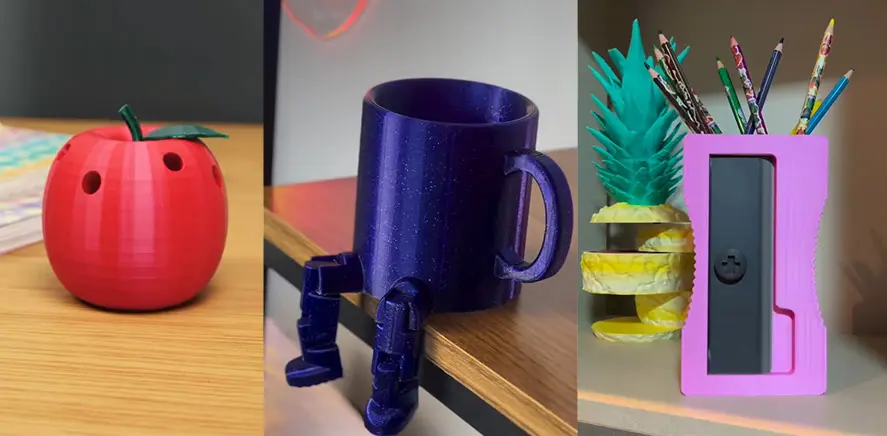
FDM 3D Printing for beginners
Tips to Improve Your FDM Printing Experience
Learning to 3D print can be a little trial-and-error, so here are some top tips to avoid common beginner mistakes:
Start with PLA Filament: It’s the easiest to work with and great for honing your skills.
Level Your Bed: If your print bed isn’t level, your prints may not stick or may come out warped.
Check for Clogs: Sometimes filament can get stuck. Run a maintenance check if prints start to fail.
Experiment with Small Models First: Large prints take time and filament. Starting with smaller models will save you material and speed up the learning process.
Troubleshooting Common Beginner Issues
Every beginner encounters a few bumps in the road. Here are common issues and how to fix them:
Poor Adhesion: Prints not sticking to the bed? Make sure the bed is level, or try applying a thin layer of glue stick.
Stringing: If your print has wispy strings, lower the temperature or adjust retraction settings in your slicer.
Warping: Edges lifting off the print bed? Using a heated bed or an enclosure can reduce warping.
What Can You Make With an FDM Printer?
One of the coolest parts of FDM printing is the range of things you can create! Here are a few ideas:
Household Items: Customize your home with coasters, hooks, and organizers.
Prototypes: If you have a product idea, FDM printing is an affordable way to create prototypes.
Artistic Models: Try printing sculptures or intricate patterns to test the limits of your creativity.
Educational Tools: Print anatomical models, geometric shapes, or maps for hands-on learning experiences.
The Pros and Cons of FDM Printing for Beginners
Pros Cons
Affordable Limited detail compared to resin
Wide community support Printing can be slow
Uses versatile materials Needs regular maintenance
Good for functional objects Can be noisy
So, Is FDM 3D printing suitable for beginners? Absolutely! With a little patience, the right equipment, and some guidance, you’ll soon be creating everything from practical household items to fun personal projects. This technology offers a unique hands-on experience that’s accessible to anyone, making it a fantastic choice for budding makers and innovators alike.
Related:
Advantages of FDM 3D Printing, Do You Know?
Why is FDM 3D printing so popular?
What materials can be used with FDM 3D printers?


